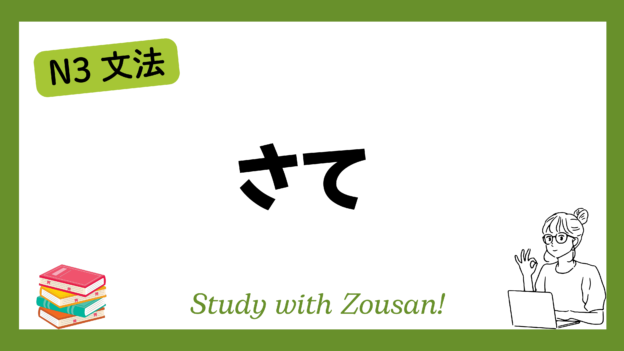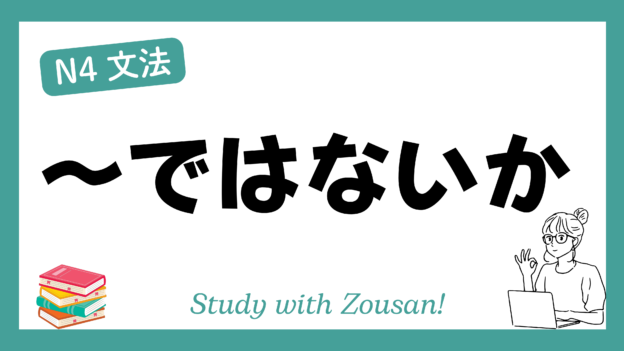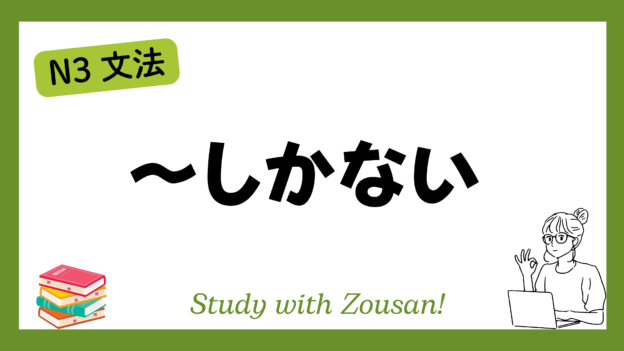N3文法:さて

2024.09.22
Meaning: “Now then…”, “Well then…”, “So…”
“さて” is used to transition to a new topic or phase in conversation, often when the speaker is moving on to the next point or starting a new activity. It is similar to saying “Well, now…” or “So…” in English when shifting gears or introducing the next part of a discussion. It can also signal that the speaker is about to summarize or conclude something before moving forward.
※Note: “さて” is commonly used to smoothly transition between thoughts or actions in both casual and formal contexts.
Structure:
| さて | + clause |
Example:
-
-
-
🌟 さて、次の問題に進みましょう。
(さて、つぎ の もんだい に すすみましょう。)
Now then, let’s move on to the next problem. -
🌟 さて、今日の会議はここまでにしましょう。
(さて、きょう の かいぎ は ここまで に しましょう。)
Well then, let’s end today’s meeting here. -
🌟 さて、これからどうする?
(さて、これから どう する?)
So, what do we do next? -
🌟 さて、そろそろ出かける時間だ。
(さて、そろそろ でかける じかん だ。)
Well, it’s about time to leave. -
🌟 さて、ここで休憩を取ろう。
(さて、ここで きゅうけい を とろう。)
Well then, let’s take a break here. -
🌟 さて、次の話題に移りましょう。
(さて、つぎ の わだい に うつりましょう。)
Now then, let’s move on to the next topic. -
🌟 さて、宿題を始めようかな。
(さて、しゅくだい を はじめよう かな。)
Well then, I guess I’ll start my homework. -
🌟 さて、そろそろ行こうか。
(さて、そろそろ いこう か。)
Well, shall we go soon? -
🌟 さて、何を話そうか?
(さて、なに を はなそう か?)
So, what should we talk about? -
🌟 さて、明日は何をするか決めましょう。
(さて、あした は なに を する か きめましょう。)
Well then, let’s decide what to do tomorrow.
-
-








